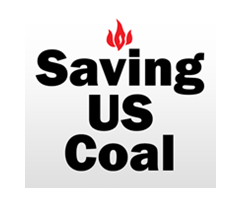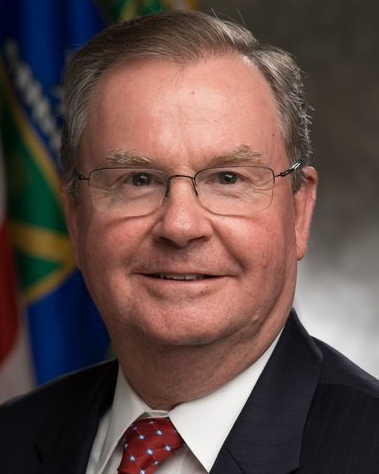Preserve US Coal Through Coal + Biomass and CCUS for 24/7 Electricity and CO2 Supply

By Fred Palmer, President & CEO, NewEra Carbon, Inc., Senior Consultant, Net-Negative CO2 Baseload Power, Inc.
July 22, 2021 - A “clean electricity” standard requiring CO2 reductions at 80% by 2030 and 100% by 2035 is expected by many in the pending Senate Reconciliation Bill. Even more alarming is that such a bill may not need the typical 60-vote threshold. At the discretion of the Senate parliamentarian, under the Byrd Rule, a simple majority vote may be deemed sufficient. This is alarming. Recall that then President Obama with Vice President Biden set the reduction standard at 80% by 2050, with the scientific concern over climate as acute as it is now.
.jpg)
Fred Palmer
In that context, and if then passed, acceptance in the House is near certain. The near-term time line for CO2 emission reduction reported to be included in the bill is not attainable for deployment of new coal or natural gas technology to lower CO2 emissions by 80%. If passed and implemented by EPA, the consequence would eliminate coal for electricity generation across the country. Natural gas will take a major hit as well.
As a substantive, real and attainable answer now, pursuing Net-Negative CO2 Baseload Power represents a powerful vision for the future, an answer now to preserve US coal plants and also an acceptable ESG strategy. Such an approach combines coal with biomass, (70-80% coal; 30-20% biomass) utilizing carbon capture utilization and storage.

Steve Winberg
Social development through coal energy using this technology is likely the lowest cost and is the cleanest path in a near zero CO2 emission world. Wind, solar and nuclear can never be net negative. In addition, the tremendous forests of West Virginia, Wyoming and other coal states become a tremendous asset linked with coal for our energy future.
From an ESG standpoint, deployment of Net-Negative CO2 technology meeting societal future electric needs is a huge positive. In an economy electrifying coupled with positive human development metrics for coal to electricity going back to the beginning, the conclusion is that coal has been and now will remain an essential fuel through Net-Negative CO2 Baseload Power.
That story must go to the White House, federal agencies and Congress. It also must go directly to financial institutions one on one with business facts backing it up. This 21st Century Coal approach becomes the ultimate ESG answer, not just here in the U.S., but around the world.
To buy the time that is needed to develop and deploy infrastructure and technology, advancing the vision while funding is secured, we must focus on the clear reliability value of the current coal fleet right now focusing on both the plants themselves, the transmission systems that carries the power and the existing production infrastructure represented in coal communities.

Ken Humphries
We also must advance the need to preserve and retrofit existing coal plants with new 21st Century Coal for the future as a valuable 24/7 source of CO2 for future industrial use and products.
The Net-Negative CO2 Baseload Power team that Steve Winberg, former DOE Assistant Secretary, has put together with Ken Humphreys, former DOE Principal Deputy Assistant Secretary, on board, is committed to preserving and growing U.S. Coal. With resources available building out and shaping the enterprise, growing in effectiveness with additional work product telling the story will spell success. In the interim, the punitive CO2 reduction time line and amount apparently to be contained in the budget bill should be set at an achievable level over an extended period of time.

